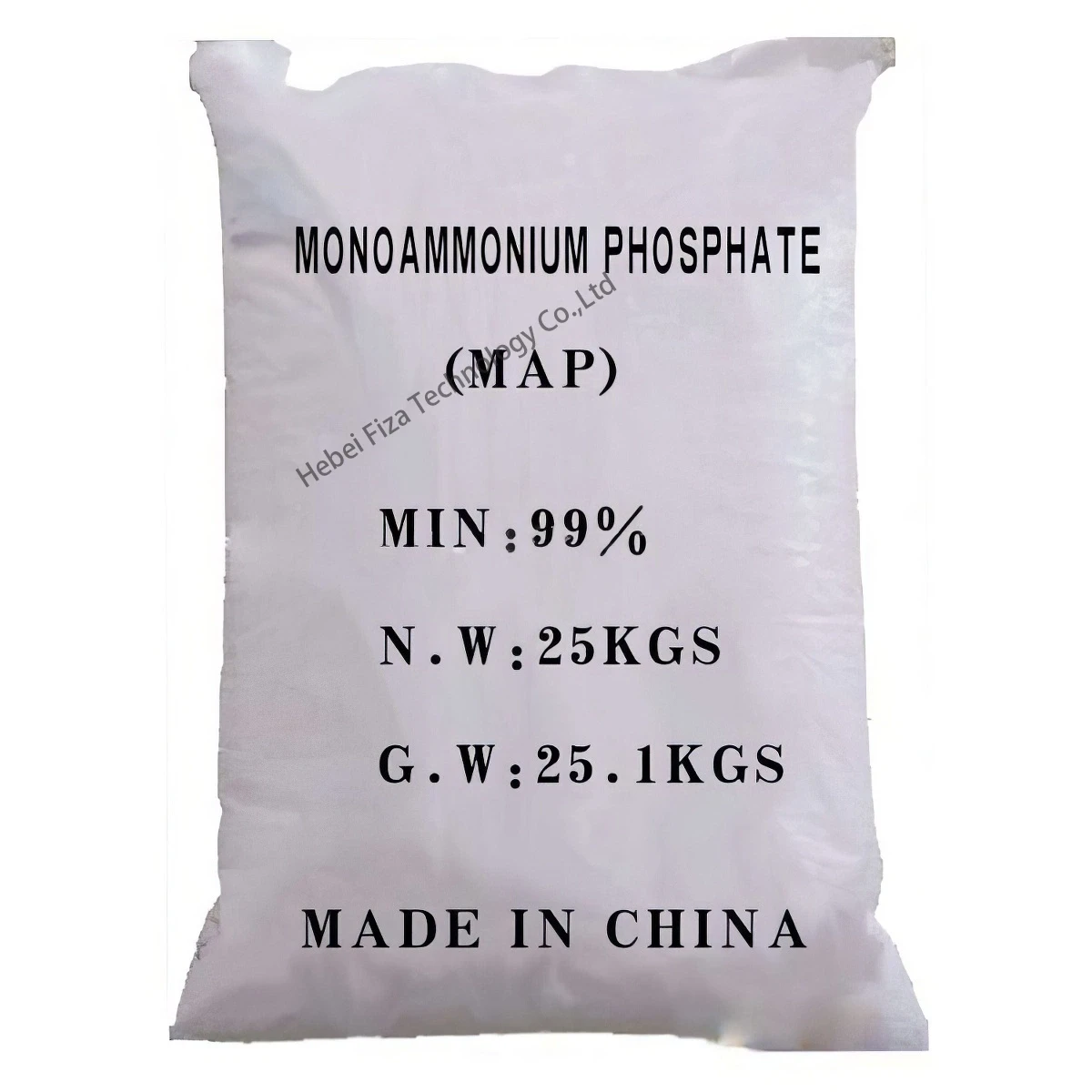



Lead Oxide Price per kg Best Deals & Bulk Pricing Today
- Current Market Dynamics Impacting Lead Oxide Pricing
- Technical Advantages Driving Production Efficiency
- Comparative Analysis of Global Lead Oxide Vendors
- Custom Solutions for Cost Optimization
- Real-World Application Case Studies
- Strategic Procurement and Pricing Negotiation
- Future Outlook for Lead Oxide Pricing

(lead oxide price)
Current Market Dynamics Impacting Lead Oxide Price
Global demand for lead oxide continues to rise, primarily driven by battery manufacturing which consumes 86% of worldwide production. According to LME tracking data, prices have fluctuated between $2.80-$3.60 per kg over the past 12 months, influenced by three key factors:
Raw material volatility directly impacts production costs - lead prices account for approximately 68% of lead oxide production expenses. Supply chain disruptions in 2023 caused a 14.7% price surge, while environmental regulations have increased compliance costs by 18-22% across major manufacturing regions. Regional variations show developing economies maintaining competitive pricing through lower energy costs, but facing stricter quality control challenges.
Technical Specifications and Production Advantages
Lead oxide properties determine its industrial applications and pricing structure. Yellow lead oxide (PbO) dominates battery manufacturing due to its electrochemical reactivity, while red lead oxide (Pb3O4) is preferred for corrosion-resistant coatings. Manufacturing efficiency directly impacts market competitiveness - Barton pot systems yield 25-30% cost advantages over traditional milling. Production considerations include:
- Particle size distribution (critical for battery performance)
- Controlled oxidation parameters
- Trace metal contamination below 50ppm
Comparative Vendor Analysis: Quality vs. Lead Oxide Price per kg
| Vendor | Price/kg (USD) | Purity | Moisture | Production Capacity |
|---|---|---|---|---|
| Gravita India | $2.95 | 99.8% | 0.25% | 2400 MT/month |
| Mayco Industries | $3.45 | 99.9% | 0.18% | 1800 MT/month |
| Penox Group | $3.28 | 99.7% | 0.32% | 3500 MT/month |
| Heubach GmbH | $3.75 | 99.95% | 0.15% | 2800 MT/month |
Premium suppliers command 18-25% price premiums for specialty grades with particle size distribution under 5 microns. Global shipping adds $0.12-0.30/kg, making regional suppliers economically advantageous despite lower purity certifications.
Custom Cost Optimization Solutions
Tailored purchasing arrangements significantly impact lead oxide price
per kg efficiency. Smart procurement strategies include:
Chemical composition adjustments based on application requirements: Battery manufacturers achieve 5-7% savings by specifying optimal PbO:Pb3O4 ratios rather than purchasing off-spec products. Volume commitments yield tiered discounts - annual contracts exceeding 500MT typically secure 9-12% reductions. Forward purchasing during price dips generates additional 8-11% savings, as demonstrated by Exide Industries' hedging program which maintained consistent 2021-2022 pricing despite raw material increases.
Application-Based Case Studies
Industrial requirements dictate cost-performance balance across applications. Battery production demands premium yellow oxides with tight particle distribution tolerances (±0.5 microns), justifying higher pricing. In contrast, glass manufacturing tolerates coarser grades with 15-18% cost advantages. A ceramic pigment producer achieved 28% annual savings by switching to recycled lead sources without compromising color consistency. Lead oxide prices remain application-sensitive:
High-performance battery grades: $3.40-$4.20/kg
Glass manufacturing oxides: $2.80-$3.15/kg
Corrosion protection pigments: $3.90-$4.60/kg
Strategic Purchasing Considerations
Forward-looking contracts offer price stability against commodity volatility. Current procurement best practices include:
- Quarterly price review clauses tied to LME indices
- Multi-supplier agreements for critical applications
- Vendor-managed inventory programs reducing carrying costs
Quality verification protocols remain critical - 22% of buyers reported cost-incurring quality deviations in 2023. XRF testing minimums should cover purity, moisture content, and particle distribution with quarterly audits for consistency.
Future Lead Oxide Price Projections
Market analysts anticipate 4-6% annual price growth through 2028, driven by battery sector expansion and tightening emissions standards. Recycling infrastructure development presents potential cost relief - secondary lead currently provides 31% of raw materials but could reach 45% by 2030. Continued technology improvements including continuous oxidation processes may yield 8-12% production cost reductions. Strategic buyers should establish relationships with producers implementing ISO 14001-certified processes, which provide long-term pricing stability against regulatory cost increases.
Proactive negotiations and custom specifications remain essential tools for maintaining competitive lead oxide price structures. Manufacturers prioritizing these approaches achieve 15-20% cost advantages versus spot market purchasers, regardless of broader market fluctuations.

(lead oxide price)
FAQS on lead oxide price
Q: What is the current market price of lead oxide?
A: The current lead oxide price varies by region and supplier, typically ranging between $2.50 to $4.50 per kg. Market demand, production costs, and raw material prices influence fluctuations.
Q: How much does lead oxide cost per kilogram?
A: Lead oxide price per kg averages $3.00 to $4.00 globally. Bulk purchases or long-term contracts may offer discounts, while purity grades can affect pricing.
Q: What factors impact lead oxide price changes?
A: Key factors include lead metal prices, energy costs, environmental regulations, and industrial demand (e.g., batteries). Geopolitical events and supply chain disruptions also play a role.
Q: What is the colour of lead oxide?
A: Lead oxide commonly appears as a yellow or reddish powder, depending on its chemical form (e.g., lead(II) oxide is yellow, while lead(IV) oxide is dark brown or red).
Q: Does the colour of lead oxide affect its price?
A: No, the colour reflects its chemical composition rather than value. Pricing depends on purity, application suitability, and market dynamics, not its visual appearance.
-
Why Sodium Persulfate Is Everywhere NowNewsJul.07,2025
-
Why Polyacrylamide Is in High DemandNewsJul.07,2025
-
Understanding Paint Chemicals and Their ApplicationsNewsJul.07,2025
-
Smart Use Of Mining ChemicalsNewsJul.07,2025
-
Practical Uses of Potassium MonopersulfateNewsJul.07,2025
-
Agrochemicals In Real FarmingNewsJul.07,2025
-
Sodium Chlorite Hot UsesNewsJul.01,2025










